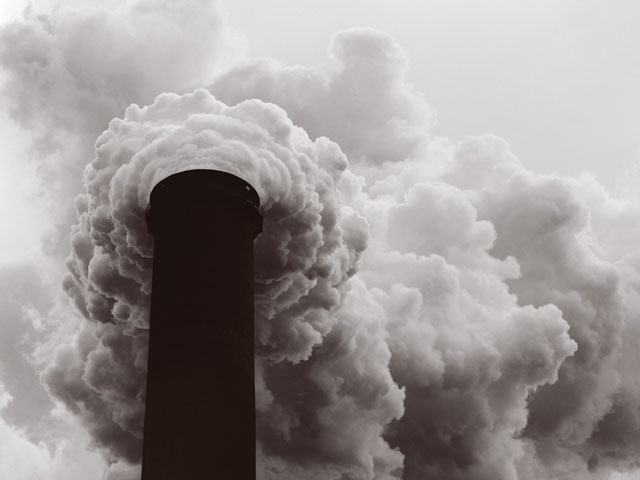If climate pledges aimed at curbing greenhouse gas emissions do not increase, developing nations will need an additional $270 billion per year to adapt to the impacts of climate change, according to a report by the international organization Oxfam.
Published on Tuesday, the report states that current climate pledges, or Intended Nationally Determined Contributions, short change developing nations such as Iran and unless developed and rich nations better their pledges, global temperatures will rise well above the 2 degrees Celsius limit.
Plans submitted by more than 170 countries ahead of crunch UN climate change talks in Paris (Nov. 30 – Dec. 11) are likely to lead global temperatures to rise by 2.7°-3° C above pre-industrial times.
According to the aid agency’s report, with warming of 3° C, developing countries would need to spend an additional $270 billion a year by 2050 on measures to adjust to more extreme weather and rising seas, taking their annual adaptation costs to $790 billion — 50% more than the $520 billion it would cost them to adapt to a 2C world, the target for avoiding catastrophic climate change agreed at previous UN conferences.
Without that money, economic damage would be $600 billion more each year by mid-century than under a 2-degree temperature rise, leaving them facing annual losses of $1.7 trillion.
The shortage should be addressed at the Paris climate conference, Oxfam said.
“For the most vulnerable, the biggest potential game-changer in Paris will be the ‘offer’ contributing countries make on adaptation finance,” the report said.
Negotiators could either agree that at least half of all public climate money should be spent on adaptation, or set a fixed target of at least $35 billion in government finance for adaptation by 2020 and at least $50 billion by 2025, it added.
Other ways of closing the gap could be to encourage new donor countries to contribute, including Russia, Korea and Mexico, and finding fresh sources of money such as levies on carbon trading and on financial markets, Oxfam said.
A Paris deal also should include a mechanism to deal with “loss and damage” caused by climate change, so that poor people get the support they need when they cannot adapt to climate impacts such as rising seas or creeping deserts, it added.
Some developed countries do not want such a mechanism to be part of a binding agreement, fearing it could be used to force them to pay up more.
“The human cost of climate change must be central to discussions in Paris so we get a better climate deal for poor people,” Reuters quoted Oxfam Executive Director Winnie Byanyima as saying.
Cost of a Cup of Coffee!
Developing states were promised $100 billion per annum at the Copenhagen climate conference six years ago to help them fend off climate change and adapt to the effects of a warming planet. Up to now, two-thirds of that sum has been paid.
However, only 16% of the climate aid money was used to help the poor nations adapt to the consequences of climate change in 2014, including flooding and drought.
Instead most climate finance already processed has been spent on preventative measures – such as investments in renewable energy – to help rein in climate change.
Oxfam estimates that if all of today’s public adaptation finance were to be divided among the 1.5 billion small-holder farmers in developing countries, they would get the equivalent of just $3 a year to protect themselves from floods, severe droughts and other climate extremes – the cost of a cup of coffee in many rich countries.
Positioned to Adapt
The most recent issue of the University of Notre Dame Global Adaptation Index (ND-GAIN), released earlier this week, suggested Iran is well positioned to adapt to climate change.
Iran is the 66th least vulnerable country and the 89th least ready country.
The report pointed to Iran’s depleting water resources as the most vulnerable life-supporting sector to climate change, while also listing ecosystems services, food, human habitat and health as other vulnerable sectors.
Earlier this month, Iran pledged to cut its greenhouse gas emissions by 4% relative to the business-as-usual scenario by 2030, while suggesting that it could increase its pledge to 12% with financial assistance from the international community.
Calling Iran’s pledge inadequate, environmentalists believe the Mideast state, which is the world’s 11th largest emitter of carbon dioxide, should pledge a more ambitious target.
Being a developing country, however, Iran will most likely fail to meet its unconditional pledge — which already is too low — should the developed world fail to step up their game and increase their financial assistance.


